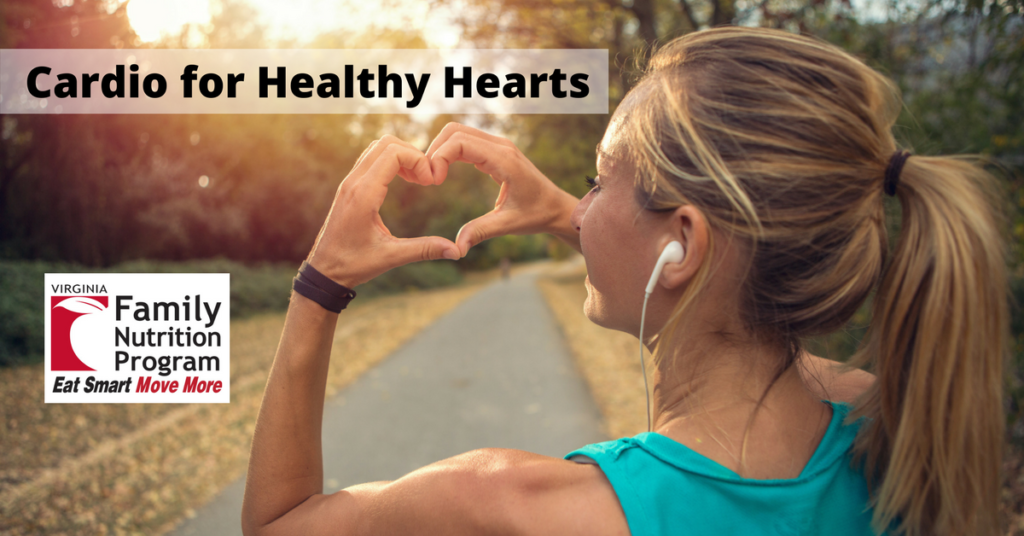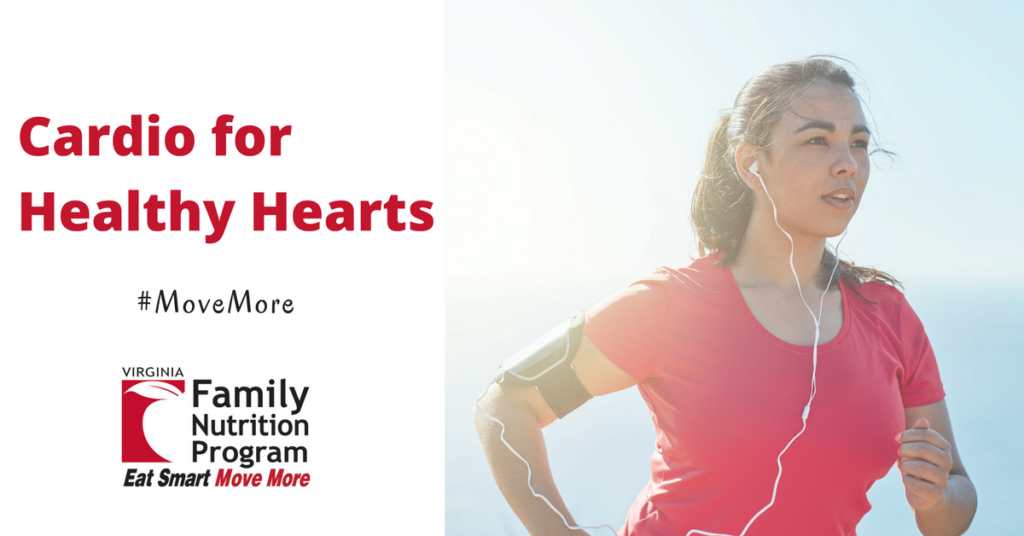Physical activity is an important part of a heart-healthy lifestyle. When you move your body, your heart pumps oxygen-rich blood to fuel active muscles. This helps increase your heart’s strength and endurance. A stronger and fitter heart is more efficient and healthy, which can reduce the risk of heart diseases and stroke. The slang term “cardio” get’s its name from cardiovascular exercise, also known as aerobic physical activity. Let’s explore the connection between physical activity and cardiovascular health.
What are cardio exercises?
The definition of aerobic activities is any form of exercise which moves large muscle groups in a rhythmic manner for 10 minutes or more. Cardio or aerobic activities use a lot of energy, which makes you breathe harder and the heart beat faster to supply oxygen and nutrients to the muscles. Over time, the heart and lungs adapt and grow stronger and more efficient. Jogging, brisk walking, bike riding, swimming, jumping rope, dancing, and hiking are all examples of cardio exercises. Most types of cardio don’t need much equipment or a gym membership, just a good pair of athletic shoes.
How much cardio is needed?
Any amount of physical activity is better than none. Research has found health benefits from at least 150 minutes of moderate-intensity physical activity each week. This amounts to 20-30 minutes a day most (5 or more) days of the week. You can also do 75 minutes of vigorous-intensity activity, which counts double towards the weekly total, or some combination of moderate and vigorous-intensity activity. There is some evidence that the health benefits are similar from getting all your weekly activity on one day. However, being active every day for at least 10 minutes is best and helps to make moving more a habit.
How does cardio impact health?
Meeting the recommended 150 minutes per week of moderate-intensity aerobic activity lowers the risk of heart disease, stroke, high blood pressure, type 2 diabetes, and depression while also increasing your chance of living longer. Getting even more activity (300 minutes per week) reduces the risk of these diseases even more, as well as reducing the risk of breast cancer, colon cancer, and weight gain. Regular physical activity helps build strong bones and muscles, which reduces the risk of arthritis and osteoporosis and makes activities of daily living easier. You’ll also sleep better and have more energy.
What’s the best way to increase cardio?
No matter what your current physical activity habits are, gradually increasing the amount of time or the intensity of your cardio can improve your health.
- If you’re not very active right now, start slowly with lower intensity cardio exercises. For example, start with a daily 10-minute walk at a pace where you can breathe comfortably. As your fitness improves, you can increase the speed, gradually add a few minutes to your walks, or add a second walk to your daily practice. Over time, you will build up to 150 minutes each week.
- If you are already active, try increasing the intensity of your cardio and working towards 300 minutes of moderate-intensity activity each week. Adding in short bursts of running while you walk (intervals) will help you build stamina and gain health benefits.
- Another strategy for increasing cardio is to try other types of exercises. If you usually walk, try biking or swimming. Cross-training helps prevent overuse injuries by varying the stress on muscles.
Cardio exercise is an important factor in heart health. By working towards at least 150 minutes of moderate-intensity physical activity each week, you can reduce your risk of heart disease, stroke, and high blood pressure. Cardio exercise also improves your fitness, giving you energy and making you feel better in general. And when you pick activities you enjoy, cardio is a fun part of your healthy lifestyle. What types of cardio are your favorite?


